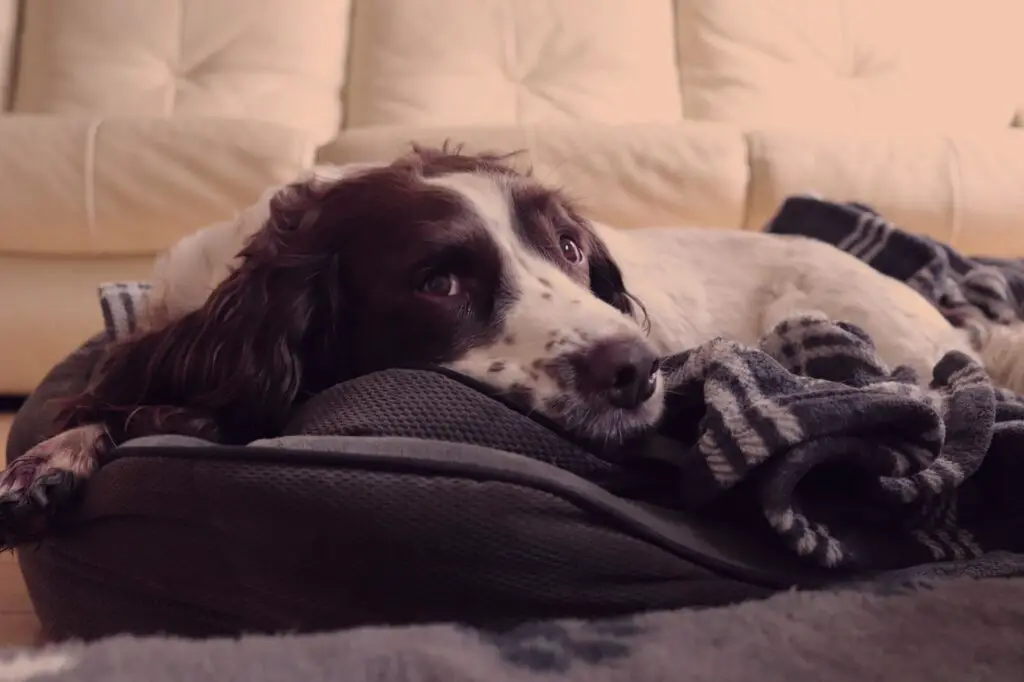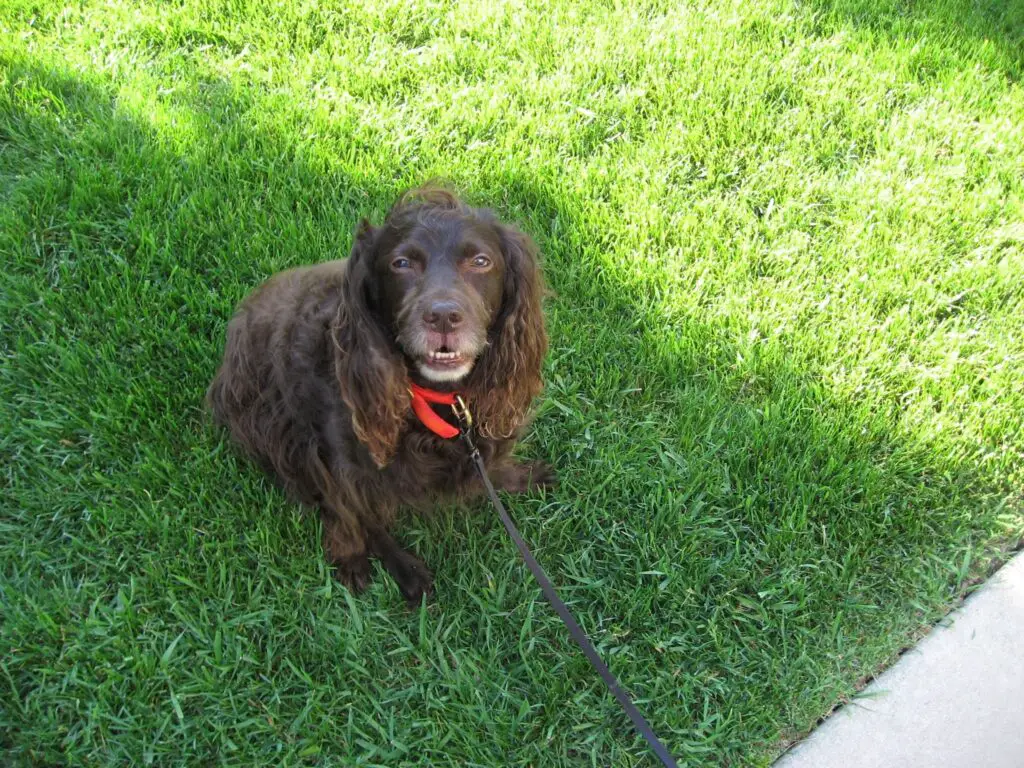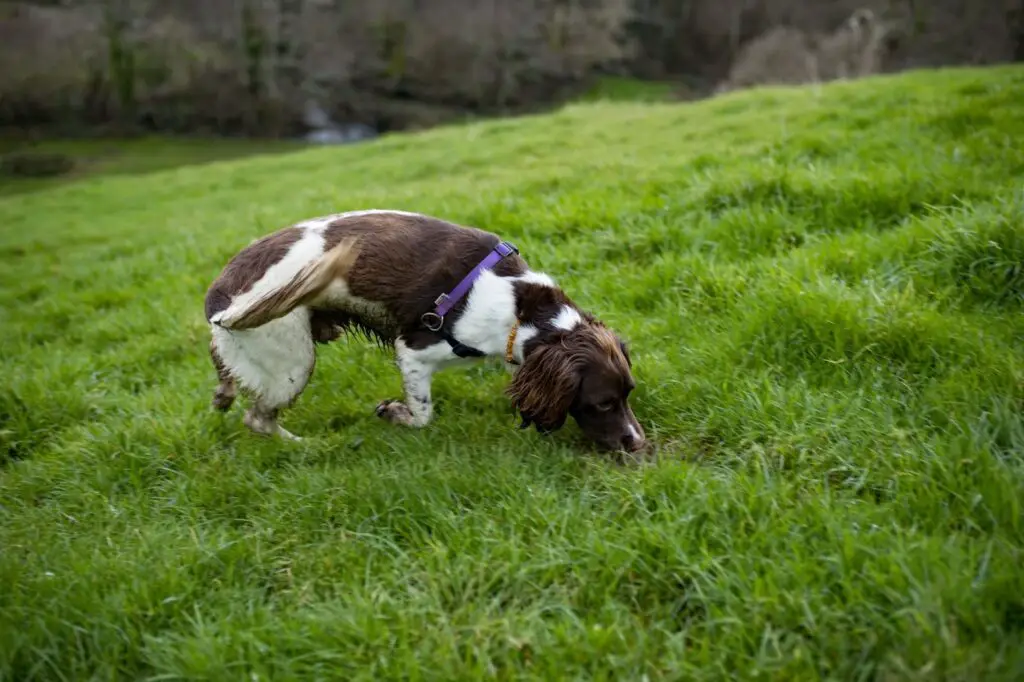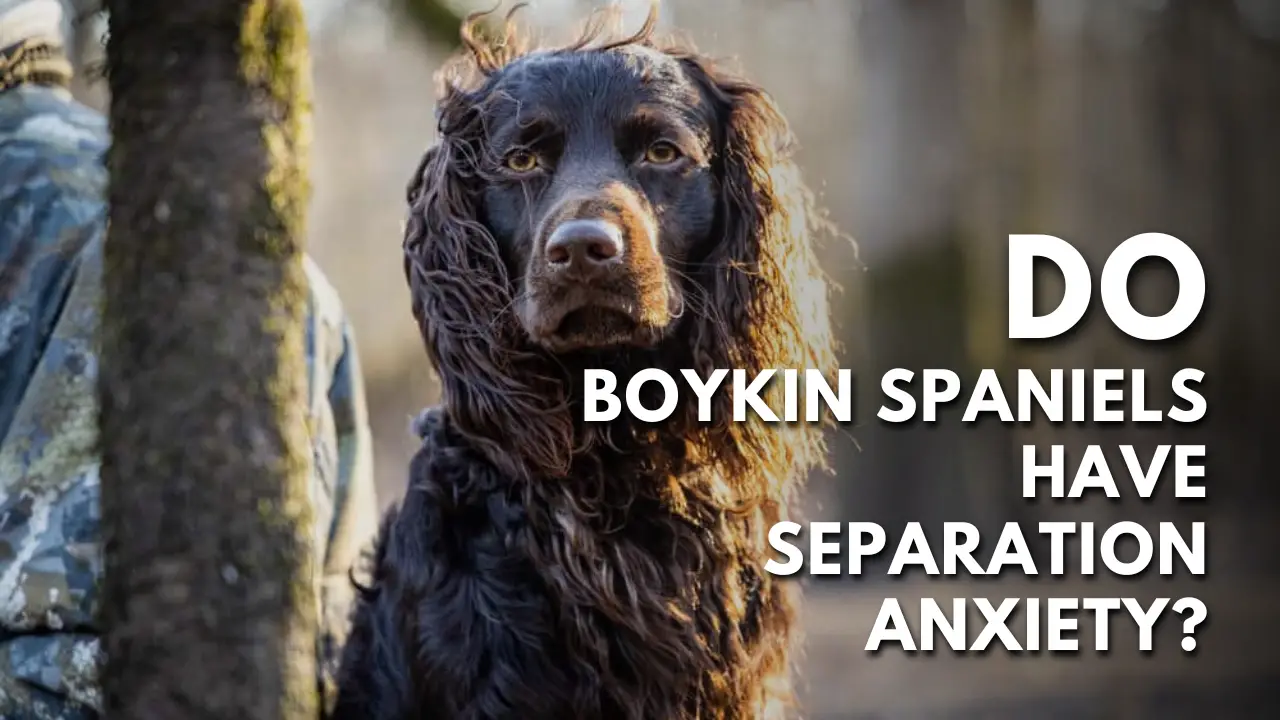Boykin Spaniels are highly spirited and amiable dog breeds that require their daily dose of activity to channel their energy towards a productive outcome. Although not exclusive to this breed, some dogs are more likely to develop anxiety than others.
As a medium-sized sporting dog, Boykin Spaniels can develop anxiety when they are mostly isolated from the outside environment. In this article, we will discuss why dogs develop this condition and the symptoms attributed to the specific breed. Read on to learn more.
Why Do Dogs Develop Separation Anxiety?
Separation anxiety is a severe condition that is more than just the occasional whimper of your dog while leaving your premises.
Dogs with separation anxiety are triggered when their owner leaves the house, and they are more likely to escape, resulting in serious injury or household destruction.
It’s unclear why Boykin Spaniel puppies are prone to separation anxiety, but some theories suggest that it could be due to past trauma. According to the American Kennel Club, separation anxiety is manifested in puppies due to them never previously being left alone or being abandoned by their former parent.

Patricia McConnel, a Separation Anxiety expert, affirms that clingy dogs are more likely to develop separation anxiety than independent counterparts.
Can Boykin Spaniels Develop Separation Anxiety?
As a Boykin Spaniel dog is predominantly social by nature, there are fewer chances of them developing separation anxiety than other breeds. However, these dogs create strong bonds with their owner, which can trigger separation anxiety when they get too attached.
Boykin Spaniels have a temperament similar to their other spaniel cousins. Like the English Cocker Spaniel, they are enthusiastic, active, and loving dogs that simply want and need your attention. They can inadvertently develop severe symptoms of separation anxiety, just like a Boykin Spaniel puppy.
Sometimes rescue dogs can develop anxiety when they have experienced trauma in the past. Dogs that do not receive much socialization, such as Boykin Spaniels—that are wholly social creatures—can develop anxiety in new environments.
Moreover, Boykin Spaniel breeds require a lot of activity to channel their energies. If these dogs do not get their recommended amount of exercise, they may have agonizing hours of anxiety.
Boykin Spaniel Anxiety Symptoms
Similar to most dogs, an adult Boykin Spaniel may show you if they’re suffering from anxiety. If you notice any apparent changes in your dog’s behavior, like changes in body posture or excessive crying or whining, it could be a sign.
Urinating and Defecating
As a dog parent, it can be extremely difficult to see your dog suffering from bouts of anxiety. One of the most common symptoms in dogs is urinating when left alone or isolated from you for long periods of time.
However, if your dog urinates and defecates in front of you, it is most likely not a symptom of separation anxiety. To be on the safe side, you should still monitor your dog’s behavior for early signs of anxiety.
Excessive Barking or Howling
Another symptom recorded in most dog breeds is excessive barking or howling when they are separated from their dog parent. Persistent barking or howling can be triggered when your dog is left alone for a long time.
Boykin Spaniels experience stress when they are left alone, as they are extremely social and require some kind of human contact every day.

Shaking and Shivering
Some dogs shake and shiver when they experience separation anxiety. Shaking is a common way for dogs to de-stress; specifically, Boykin Spaniels emulate shaking off water after getting a bath.
It could be interpreted as if they’re shaking off negative energy and trying to calm themselves down from the anxiety.
Shaking themselves also releases some of the tension or pent-up energy, causing them distress. However, if your Boykin Spaniel is shivering excessively, you should consult a therapist for further guidance.
Household Destruction
Dogs with separation anxiety tend to have destructive outbursts that can result in household destruction.
Some dogs chew or dig at various objects, doors, doorways, and window panes. Sometimes when they are unable to break free, they can even break household objects when left alone.
These behaviors can result in self-injury, such as damaged nails or paws, wounds, and even broken teeth. A dog’s chewing or digging is usually triggered by the absence of its dog parent and can be seen as separation anxiety.
Pacing
Some dogs walk along a fixed path when they are experiencing separation anxiety. Some may even walk back and forth in circular patterns or a straight line, depending on their individual pacing behavior. This pacing usually occurs in the absence of a dog parent.
Escaping
In extreme cases, your adult Boykin Spaniel might try to escape from a confined area which is caused by separation anxiety. This is again linked to destructive tendencies where your dog attempts to escape by digging or chewing at doors, windows, or any other objects.
The dog’s escape behavior can be extremely dangerous as they can injure themselves in the process. You should immediately consult a trained professional when you notice these signs of separation anxiety.
What Should You Do as a Dog Parent?
We know how challenging it can be to navigate through your Boykin Spaniel’s separation anxiety. If you are currently stressed by your dog’s sudden change in behavior, it’s worth noting the symptoms listed below.
Now that you are sure that your dog is experiencing separation anxiety, let’s explore some ways you can help them.
Train Your Dog
Boykin Spaniels are hunting dogs that yearn for open spaces and the outside environment, according to the Boykin Spaniel society. These dogs were bred to run long distances and have maintained their energy by expelling it toward the environment.
When they are not allowed to expel their energy, they become anxious and stressed. These feelings are heightened when they are separated from their parent. You should try normalizing your “leaving” routine. This essentially means training your dog to be comfortable when you leave the house.
You can take it slow by not actually leaving the house but giving the impression of leaving (low-key departures) so that your pup gets comfortable with these feelings.
Potty Train Your Dog
We’ve already mentioned how some dogs start urinating and defecating when their owner leaves the house. If these symptoms are prominent, you can try creating a safe, comfortable space they can go to while you’re away.

This will help your dog deal with the stress without littering your home with feces.
Exercise Is Key
According to Dr. Nicholas Dodman, a veterinary behaviorist, exercise has a calming and stabilizing effect on your dog. Ample exercise provides an outlet for your pet and helps them relax when they need to.
Exercise generates serotonin, reducing anxiety to some extent and helping ease stress. For Boykin Spaniels, an hour or two of daily exercise can make a huge difference.
Try Crate Training
Another method that is recommended by experts is crate training. The crate provides a safe and healthy space for your dog, creating a boundary between you and your dog.
Your dog can slowly get comfortable with being alone in a crate so that when you leave your home, it will help ease their anxiety to some extent.
Conclusion
Creating a safe space for your body and training them to get comfortable with these feelings can ultimately help their separation anxiety. Boykin Spaniels should be immersed in some activity every day so that they can help channel these negative feelings.

